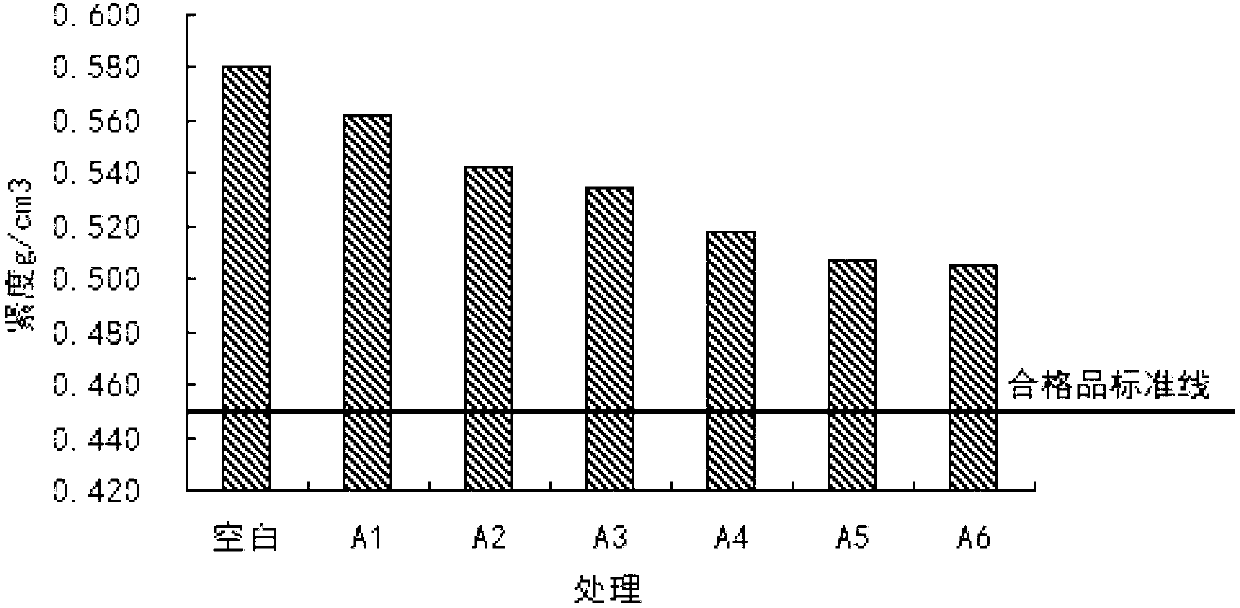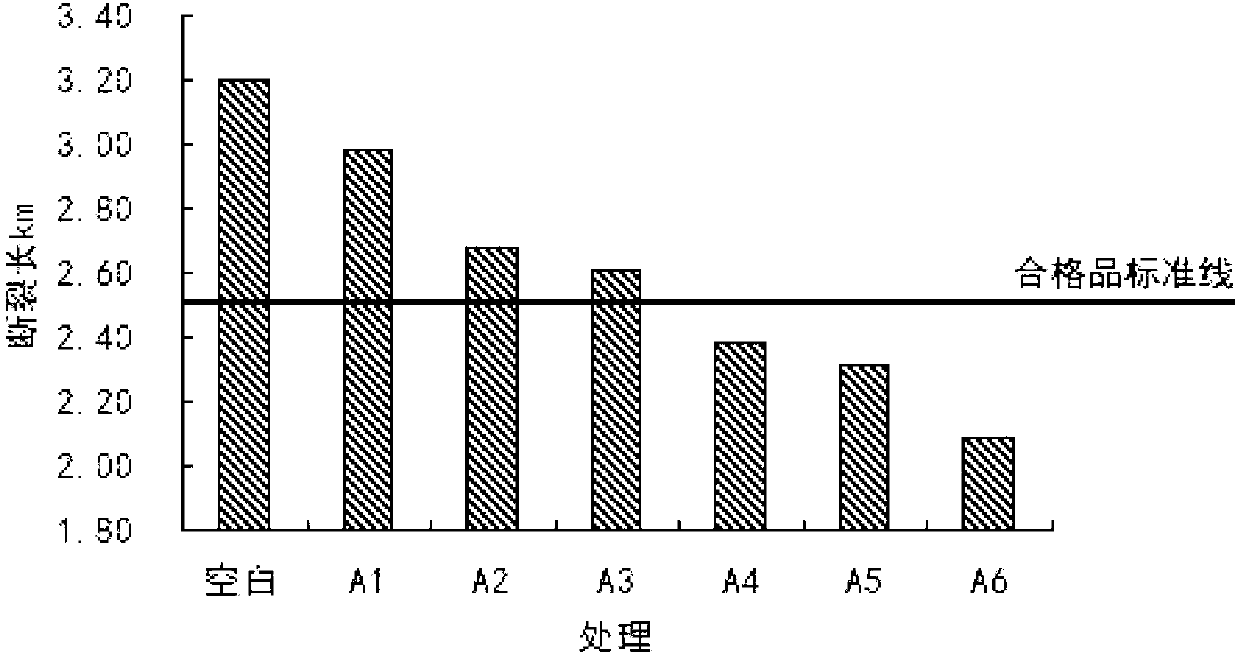Method for blending corrugating base paper by utilizing secondary fiber after anaerobic digestion of paper mill sludge
A technology of secondary fiber and anaerobic digestion, applied in the direction of secondary cellulose fiber, paper making, paper machine, etc., can solve the problems of shortage of raw materials, large output of papermaking sludge, environmental pollution, etc. Harmful, operable effect
- Summary
- Abstract
- Description
- Claims
- Application Information
AI Technical Summary
Problems solved by technology
Method used
Image
Examples
Embodiment 1
[0037] (1) After the anaerobic digestion of papermaking sludge and monosodium glutamate waste liquid, the secondary fibers after washing, deslagging and screening are decomposed for 2 minutes, and the decomposing speed is 3000 rpm, so that they are divided into silk brooms, and then dehydrated , storage pulp.
[0038] (2) Disintegrate corrugated waste paper and cardboard waste paper through a fiber separator for 3 minutes and 20 seconds after shredding, deslagging and screening. The speed of dissolving is 3000 rpm, and the beating degree is 20° SR, so that it is divided into filaments, then dehydrated and stored.
[0039] (3) Decompose the natural color pulp prepared by the kraft method of coniferous wood for 3 minutes and 20 seconds, the decompression speed is 3000 rpm, and beat until the beating degree is 40°SR, so that it is divided into filaments, and then dehydrated , storage slurry.
[0040] (4) The absolute dry mass ratio of the pretreated secondary fiber in step (1),...
PUM
 Login to View More
Login to View More Abstract
Description
Claims
Application Information
 Login to View More
Login to View More - R&D
- Intellectual Property
- Life Sciences
- Materials
- Tech Scout
- Unparalleled Data Quality
- Higher Quality Content
- 60% Fewer Hallucinations
Browse by: Latest US Patents, China's latest patents, Technical Efficacy Thesaurus, Application Domain, Technology Topic, Popular Technical Reports.
© 2025 PatSnap. All rights reserved.Legal|Privacy policy|Modern Slavery Act Transparency Statement|Sitemap|About US| Contact US: help@patsnap.com



